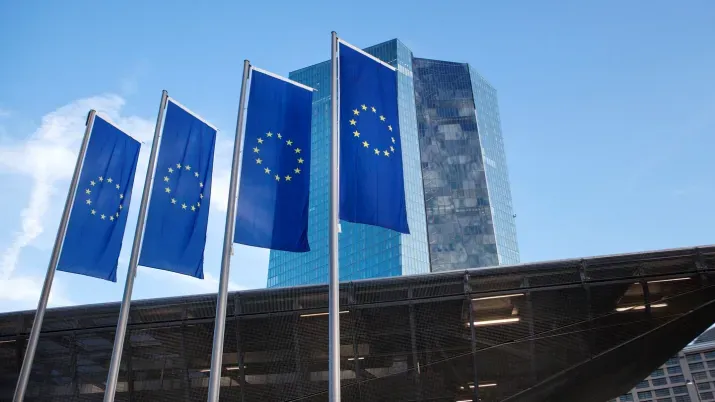A More Volatile Summer Ahead
TwentyFour
The prospects of a summer lull look a lot less likely after the sharp fall in risk markets on Monday and the subsequent bounce back that occurred in equities yesterday. With the holiday season upon us, it seems to us there are two pertinent considerations for investors; was Monday's experience a harbinger of further market falls, or does yesterday's bounce signify investor willingness to deploy cash to buy every dip?
We think both forces will have a major part to play, but overall we will likely face at least a kink in the road on our journey to full economic recovery, and, in our opinion, that kink is now upon us. Below we explore the rationale.
Firstly, markets have come a long way since last year's economic crash. Thus, almost without pause, participants have fully priced in a considerable recovery. However, this recovery may not be as strong as markets were initially expecting, especially after the full reopening of the economy, as evidenced by the economic indicators coming out of China, which precipitated a cut in the PBOC's reserve ratio requirement earlier this month.
Secondly, markets had been underestimating the potential for the delta variant to put a dent into Q3 growth numbers. The approach from the authorities in the developed world currently seems to allow the variant to disperse the population and hope the successful vaccination programmes will keep hospitalisations and mortality rates low. While this strategy might prove judicious, the twin stumbling blocks of contracting the disease and the need to self-isolate currently prevent significant portions of the working population from attending work. Meanwhile, in less well-vaccinated countries, mortality rates will rise, and the response from authorities will vary. Likewise, the economy is yet to reach its total productive capacity, with supply chain disruptions likely to continue.
Our rationale for a slightly disruptive summer centres on the uncertain outcome produced by the strategy of developed market governments to allow the virus to spread through populations. Markets will have to endure many negative headlines for several weeks while this strategy plays out, including ad-hoc announcements of policy change. So far, lockdown restrictions have suppressed each wave of the virus; will the competent authorities have the conviction to see this latest wave through without erring on the side of caution once again? From our vantage point, rapid policy changes, such as Monday's announcement from the US recommending residents not to travel to the UK, are likely, unsettling markets and inhibiting growth.
To be clear, I said "slightly" disruptive because of the sheer volume of idle cash sitting on sidelines looking for such a dip. Considering the accumulation of wealth in the private banking sector during the second quarter, and the numerous recommendations from investment banks to pull back risk slightly, it is clear to us investors are positioned for near-term market events.
Additionally, any dip in economic activity will only justify the stance of major central banks' to keep their hugely accommodative policies in place longer.
Many of these factors are already priced into Treasury markets, with 10-year yields now 50 basis points lower than the peak reached earlier in the year. Likewise, the 2/10 curve flattened significantly, resting below 100 basis points. So, whilst this potential kink in the road may create some further temporary inflationary pressures, it also serves to take some of the heat out of the growth, which should help keep Treasuries more stable, the disruption of which we think is key for risk markets in Q4.
From a fixed income credit risk perspective, we do not think this materially changes the fundamental outlook, which remains supportive. Still, it may make valuations slightly more attractive and present an opportunity to improve portfolios for those with adequate liquidity and cash balances.





